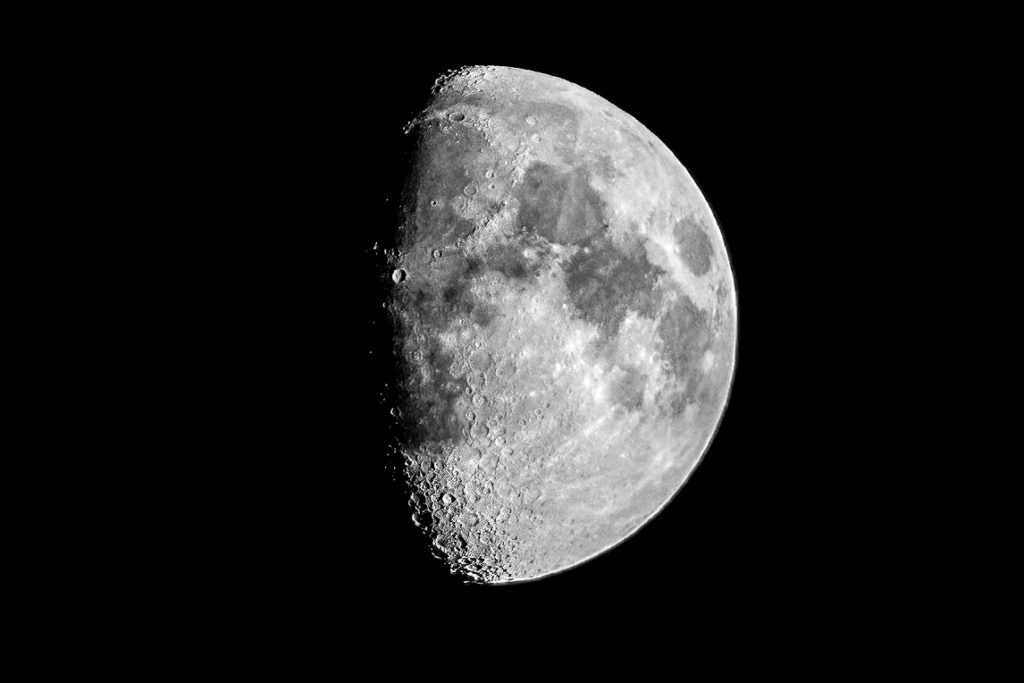from an interview with Pinhole Poetry, January 2025

Would you like to tell us a little bit more about your poem? For instance, how or why you wrote it, or perhaps provide some extra context?
My poem “Winter Solstice at Barrow—Utqiagvik” is part of a longer sequence, now included in my new poetry collection, HAWKING THE SURF [Silver Bow Publishing, December 2025]. I often work in poetic series (narrative and imagistic) and in this case the series surfaced from early journals that I kept while I was a student at University of Victoria, way back in the mid-seventies. The journal entries were accompanied by a correspondence that I kept with my mentor. I weave in and out of Pacific Northwest (Cascadia) and far north landscapes, including Alaska. Each title includes geographic coordinates for the poem’s setting. In this poem, I touch on themes of isolation, instinct, and adaptation during the coldest and darkest period in the far north and the imagery parallels the speaker’s experience with relational isolation and loss. Barrow’s name officially changed in 2016 to the indigenous name Utqiagvik. The location has been home to the Iñupiat, an indigenous Inuit ethnic group for more than 1,500 years. The name Utqiagvik refers to a place for gathering wild roots. The town is 330 miles north of the Arctic Circle and experiences the ‘polar nights’ (when the sun remains below the horizon) between sixty-four and sixty-seven days. The Snowy Owl has been seen as far north at 82o mid-winter and appears in my poem as a symbol of resilience and adaption.
Winter Solstice at Barrow — Utqiagvik
71°23’20” N, 156°28’25” W
Daylight reappears in the disguise of featherless birds.
You dream of migration.
I have considered the rough edge of your voice
the slow flight of your words
the tattered rhythms of your wings
and this I know:
sixty-seven days of darkness at the North Slope
next to the Beaufort Sea—the snowy owl remains.


